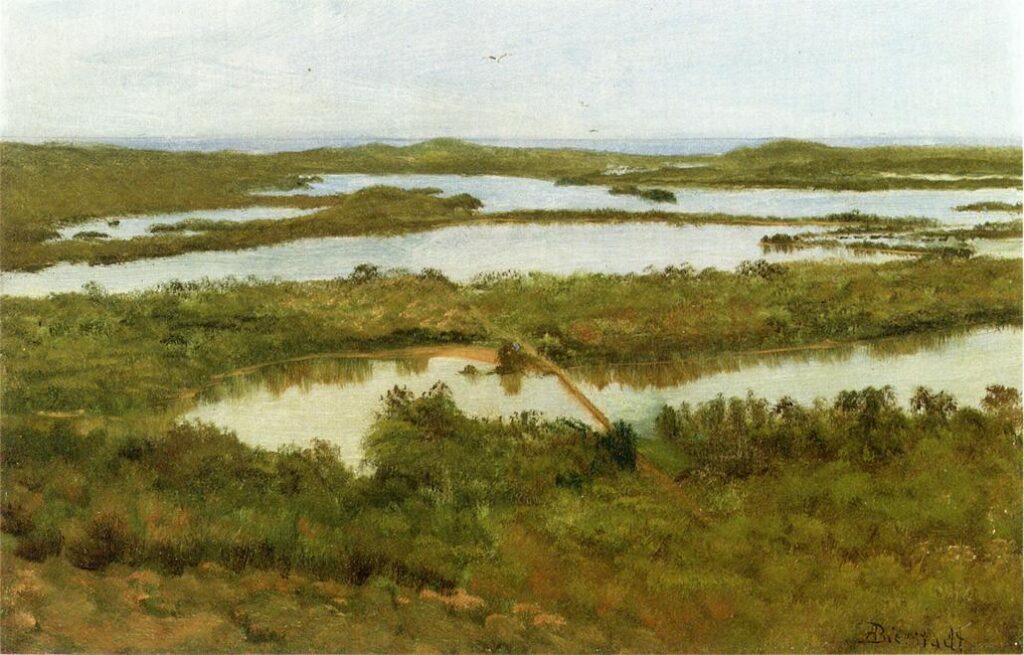Celebrating watercolor painting on an environmental site mights seem like a stretch, but let’s think for a moment about the close connection between art and nature. For hundreds of year’s the way most people could experience nature–nature beyond there own yards or communities–was through art. Faraway places, along with their exotic animals and plants, came to our attention through the drawings and paintings of artists who accompanied explorers on expeditions across the globe. Today we have photography, but before the click of the shutter, our way into nature was through the stroke of an artist’s brush.

Consider Maria Martin, born on July 6, 1796. A well educated woman, she loved nature and expressed her talent for drawing and painting using natural subjects. John James Audubon was a friend of her husband and often came to stay at their home. When he saw her detailed and realistic paintings of birds, her invited her to join his team as a background painter. When you look at an Audubon print, you are probably seeing the handiwork of not only Audubon, but also Maria Martin. She illustrated and edited other books of taxonomy, from snakes to mammals, adding much to our understanding–and love–of nature (learn more about her here).
In the realm of nature lovers, another July-born artist rises to the surface. Beatrix Potter (born July 28, 1866) has delighted generations of young readers with her stories of Peter Rabbit and his pals. Her anthropomorphic drawings of garden creatures is just one aspect of her artistic ability. She was also a fine scientific illustrator, most often drawing the various forms of fungi. She was also an ardent conservationist, particularly concerned with preserving the countryside of her beloved Lake District in England. Her estate donated 4000 acres of Lake District farms, fields and forests to the National Trust, the English equivalent of our National Park Service (learn more about her here).
And just this morning, I was sitting on my back porch enjoying the work of another great wildlife artist–Roger Tory Peterson. Like the others, he loved nature and drawing from an early age, particularly birds. His A Field Guide to the Birds virtually created the hobby of bird-watching. His realistic paintings of birds, accompanied by arrows pointing to the most important marks for identification, along with range maps and ways to identify songs, gave us the tools we need to appreciate nature (learn more about him here).
Some forms of art have gone out of fashion, but one form, also with a July birthday, is still going strong. The annual Duck Stamp is the longest-running and most extensive art contest run by the U.S. government. Each year, artists compete for the honor of having their painting grace the Duck Stamp that all waterfowl hunters must purchase and carry as a license to enjoy their sport. The Duck Stamp came into existence on July 1, 1934, and the contest to pick the image for the stamp began in 1949. The first stamp cost $1, but today’s version costs $25. The Duck Stamp program has raised more than $800 million since it started, almost all of which goes directly to buy, maintain and improve national wildlife refuges (learn more about Duck Stamps here).
The connections between art and nature are many and varied, from comic strips to scientific illustrations to the photography and videography of televised nature programs. Art reminds us what we all know: Nothing is more beautiful than what nature provides, and we need to be immersed in it often and fully.
